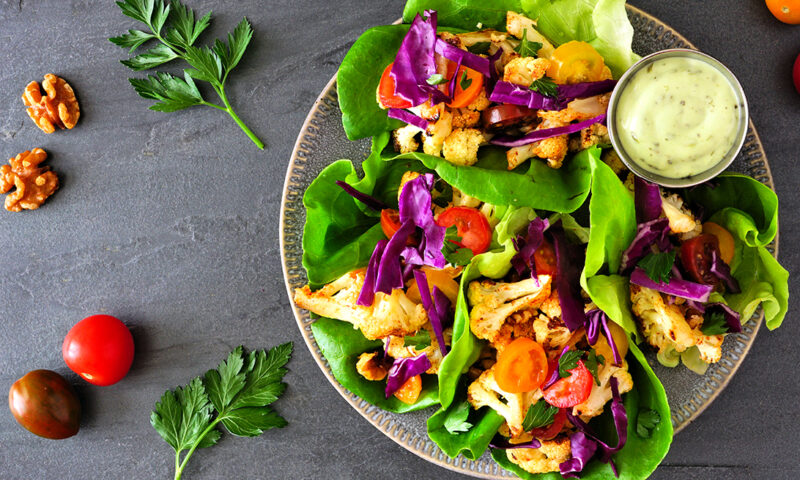Owners do anything for their pets
(Pictured: Matti Rinehart and her dog, Benji, have received food from Meals on Wheels during her battle with cancer. Photo credit: Jake Lyell)
Like humans, four-legged family members need love and care. However, the relationship is not one-sided. In addition to joy and unconditional love, pets can help their owners – particularly seniors – live longer, happier, healthier lives, according to the Human Animal Bond Research Institutes (HABRI). Caring for pets may reduce anxiety, decrease loneliness, encourage physical activity and more.
Benefits of owning a pet and the important role a furry friend can play in healthy aging is noted by Meals on Wheels America. The national non-profit supports a network of more than 5,000 community-based programs across the country addressing senior hunger and isolation, and they serve furry clients, too. Hundreds of local programs provide pet food and supplies, plus services such as veterinary care access, grooming, emergency boarding, and dog walking. This helps seniors care for their animal companions and increases the chances they will stay together.
The organization’s pet programming success hinges on community investments, including national support from PetSmart Charities, as well as donations from local pet supply stores, veterinary clinics and other community-based businesses.
Since the program launched five years ago, the people behind it noticed a number of key benefits of pet ownership:
Improving mental health.
Pets typically waste little time in coming to their owners’ aid when they sense feelings of sadness or other negative emotions. Physical interactions, such as petting, can cause the release of endorphins, which are natural mood boosters, promoting happiness and well-being.
Companionship.
Pets serve as a source of comfort and emotional support during difficult times and reduce feelings of loneliness, depression, and anxiety. Nearly 98 percent of Meals on Wheels’ clients with pets said their animals make them happier and less lonely. Many seniors often find solace in talking to their pets, their closest companions and often one of their only sources of consistent comfort.
Physical activity.
Pets help keep older adults active with the opportunity to play and go on walks. Even if mobility is limited, pets can spark physical activity in day-to-day life. Dog owners reported more minutes per week of physical activity compared with non-dog owners, according to HABRI. Regular physical activity has been shown to help lower blood pressure and reduce the risk of cardiovascular diseases.
Known for providing nourishing meals and companionship to homebound seniors across the country, Meals on Wheels also serves furry clients. This extra layer of support allows seniors to continue living independently with their floppy-eared hounds and whiskered felines, including David, who lives alone with Rebel, his 7-year-old blue heeler.
In May, volunteers from a local program delivered the 13-millionth pet meal, which just so happened to go to David and Rebel’s doorstep. This is one of several services offered by many programs across the country, which often provide veterinary care access, cat litter, leashes, treats and toys, grooming, emergency boarding and dog walking.
Before connecting with the charity, David resorted to paying only half his electric bill – just enough to keep the lights on – so he could afford food for his pup.
“I was barely making it,” David said.
Many homebound seniors make sacrifices like this to care for their pets. More than 1 in 5 Meals on Wheels clients with pets forgo meals themselves to feed their companion animals. About 30 percent skimp on other necessities, like medical care and utilities, to provide for their pets.
Despite these challenges, pets are a powerful force in the fight against senior isolation. That includes David, who relies on Rebel, a registered service animal, to help manage his anxiety and depression.
“Rebel the Wonder Dog – that’s what I call him,” David said. “I wonder how he’s still here and how he takes care of me so much. I talk to him all day like a human because I got no family. He helps me more than people will ever know.”
More information about pet assistance programs is at mealsonwheelsamerica.org/pets.
Source: Family Features


